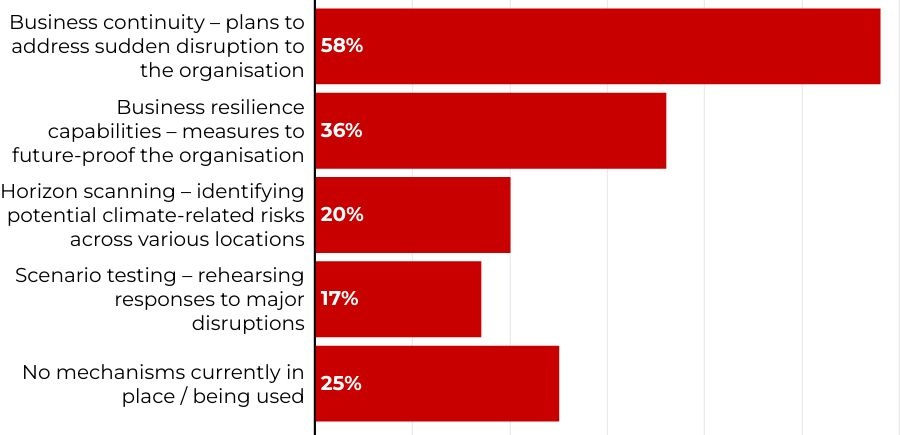Waiting for forest zoning and carbon credit generation
How important is forest zoning for the generation and trading of carbon credits?
 |
| Nguyen Hong Loan, head of the Consultant Division of Energy and Environment Consultancy JSC |
Vietnam has a large forest area, which gives potential for both forest development and carbon credit generation. According to data from the Ministry of Agriculture and Rural Development, Vietnam has a total of over 14.67 million hectares of forests of which production, protected, and special-use forests account for about 53, 32, and 15 per cent respectively.
Sustainable development of forests is given priority in the national strategies, as shown in the Vietnam Forestry Development Strategy for the 2021-2030 period with a vision to 2050. This aims at sustainable management and increased economic values of the forests, together with environmental protection benefits and better income for forest owners.
Forest plantation and protection can also positively impact greenhouse gas emissions and slow climate change. However, to meet the requirements for the generation and trading of carbon credits in the context of the Paris Agreement, it is necessary to define forest zones for different carbon generation purposes, including those for contributing to compliance obligation and those for sale in the voluntary carbon market.
Since Vietnam has not yet developed clear guidance for this, forest carbon credit generation is only limited in some pilot activities and commercial opportunities are not yet materialised.
What benefits can enterprises expect from forest zoning?
Credit buyers have different appetites for different types of forest carbon credits. The prices they are willing to offer for forest carbon credits are not the same. There is also a risk that they may suffer if the credits are to be reclaimed for contribution to the unconditional nationally determined contribution (NDC) target. Forest zoning will help them to find out the right areas and types of forest carbon credits to meet their demand.
The biggest hurdle for enterprises is the lack of an official mechanism and detailed guidelines about the property rights related to forest carbon credits. At present, forests are under different ownership types, including state and private ownership, households, and individuals. Forest zoning will help to determine which kinds of forests and ownerships can be exploited for producing and trading carbon credits.
Selecting these places will then depend on numerous factors, with the most important ones being the types of forests, the nature of forest plantation and protection activities, and the potential for generating carbon credits in compliance with requirements by the applied mechanisms or methodologies.
Another benefit from forest zoning is that based on different types of forests, activities, and ownerships, an official selling price mechanism can be defined. At present, even though abundant forest carbon credits can be generated, no-one is confident in their right to sell them and which price should be appropriate since there is no specific guideline related to the appraisal of carbon credit assets.
Despite the fact that Decision No.30/2007/QD-TTg regulates the selling price of certified emission reductions based on negotiations according to the market price, current carbon credit projects are applying a forward contract policy, which makes it difficult to assess the selling price according to the market. In this case, buyers have to provide upfront capital for entire expenditures related to development of the carbon credit projects before the credits are actually generated.
Moreover, we should create a flexible pricing mechanism for forest carbon credits as it is based on the market. A fixed price would restrict the opportunities for forest owners to earn additional revenue from the voluntary carbon market and the commercialisation potential of forest carbon credits.
What is your proposal for developing forest zoning?
It should be based on the national forest development strategy, the NDC targets, and the forest development plan as well as related programmes such as REDD+ in each province. It is also necessary to determine which forest zones will contribute to voluntary emission reduction targets, and which forest zones are allowed to generate and trade carbon credits.
Ideally, the forest zoning for carbon credit generation and trading should be implemented and completed by sometime next year. For the next five years, the pilots for commercialisation of carbon credits from forests should also be allowed.
According to the draft decree to guide the implementation of the 2020 Law of Environmental Protection, the domestic emission trading and crediting scheme in Vietnam will be operationalised by 2028. There should also be a complete policy about trading carbon credits from forests by then.
What the stars mean:
★ Poor ★ ★ Promising ★★★ Good ★★★★ Very good ★★★★★ Exceptional
Themes: Climate Change Response
Related Contents
Latest News
More News
- Robust green aims will unlock new potential (November 18, 2024 | 16:44)
- Dual transition can motivate businesses (November 18, 2024 | 16:35)
- Vietnam and New Zealand look to a sustainable future (November 18, 2024 | 16:17)
- Companies must embrace green finance initiatives (November 18, 2024 | 16:07)
- Dual transition to help firms of all sizes (November 18, 2024 | 15:48)
- Foot must remain on pedal to achieve SDGs (November 17, 2024 | 10:26)
- 45 enterprises honoured for sustainable development contributions (November 17, 2024 | 10:00)
- New Zealand’s approach to sustainable ambitions (November 17, 2024 | 09:48)
- Concerted efforts to address climate change (November 17, 2024 | 09:40)
- Factors to take into account for ESG implementation (November 17, 2024 | 09:34)




 Tag:
Tag:





















 Mobile Version
Mobile Version